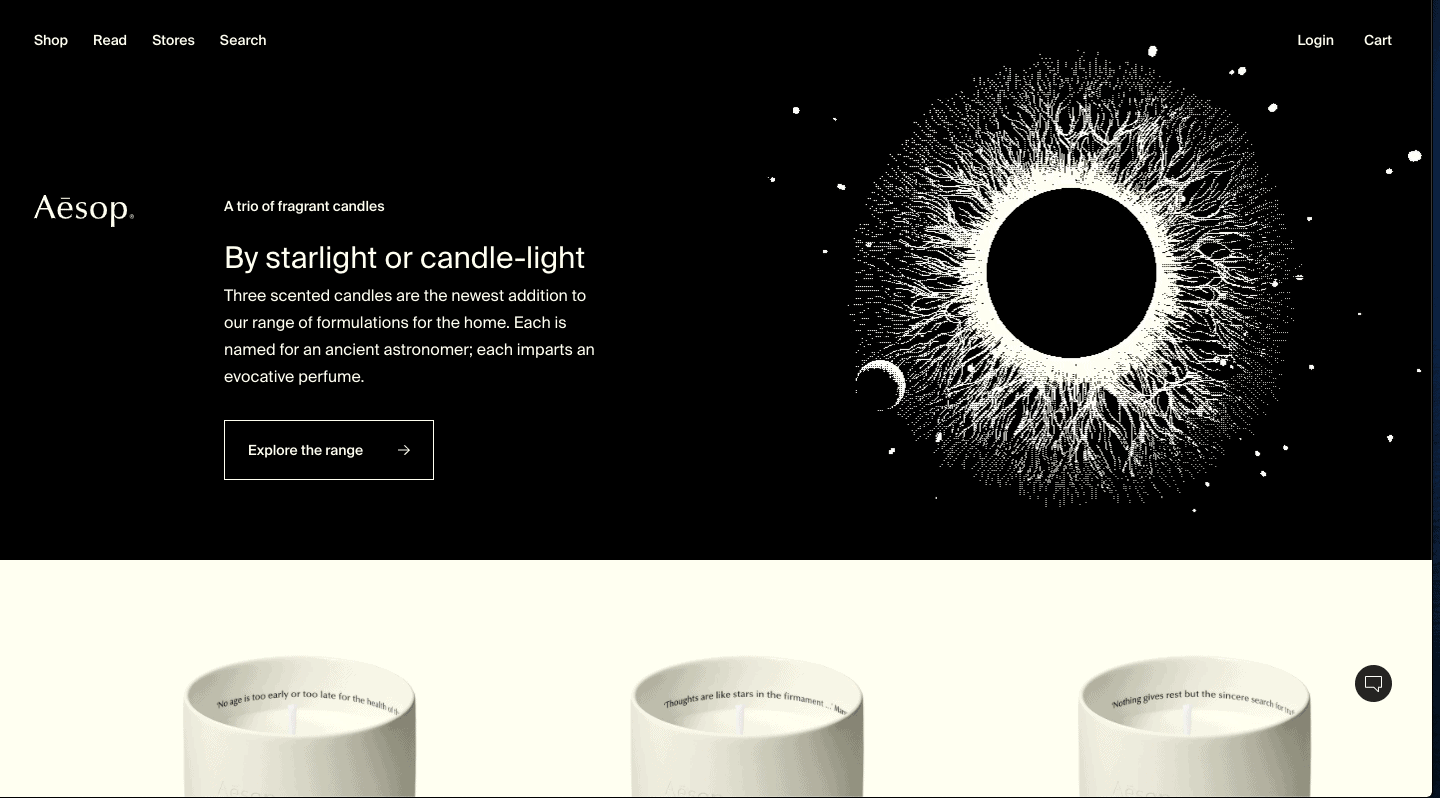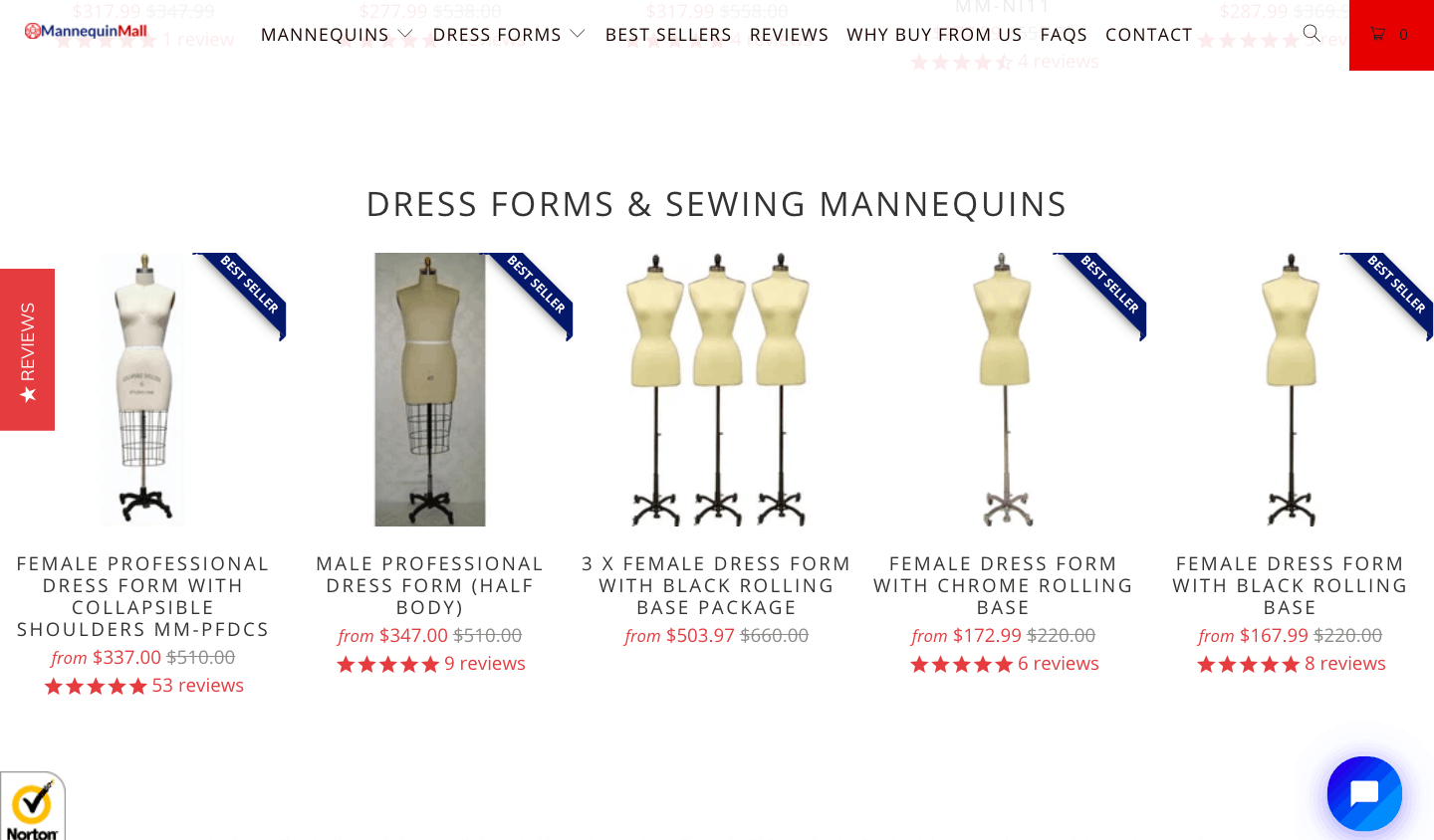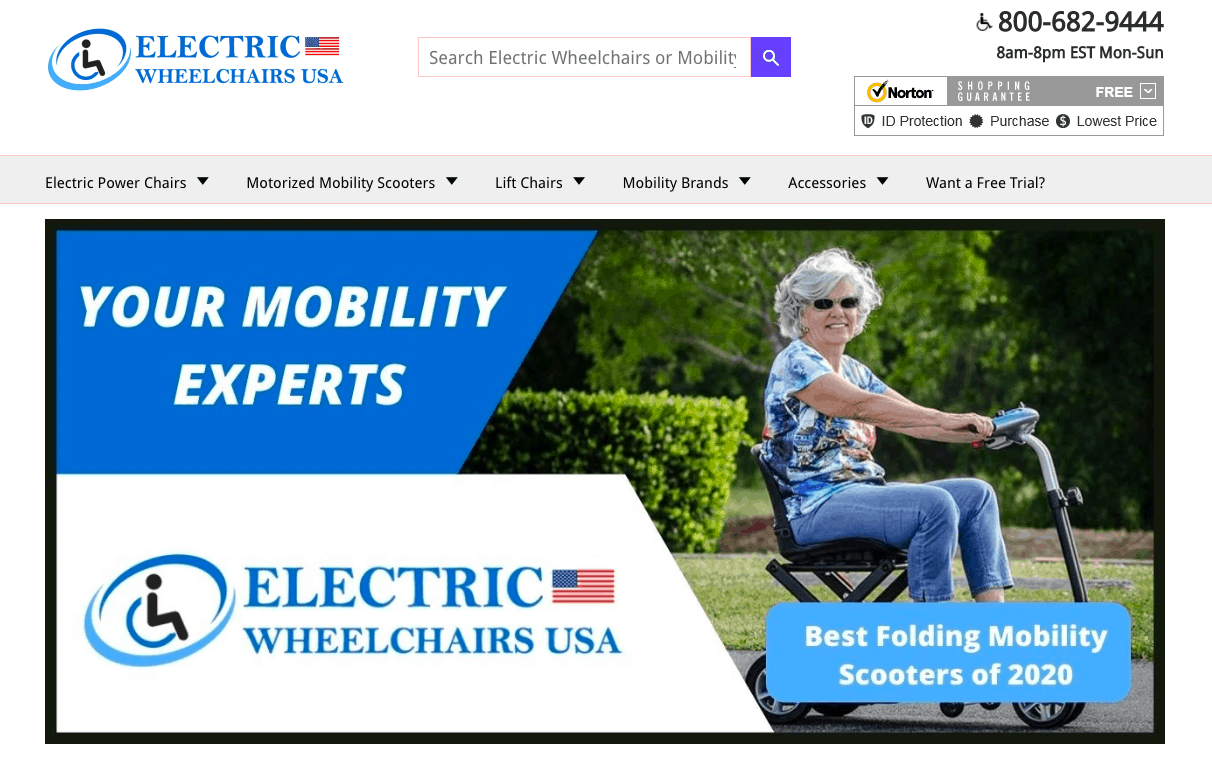One of the best ways to boost your website's conversion rates is to make sure it provides an outstanding user experience. Research has shown that design and UX features impact brand reputation, website conversion rates, and even profits. In fact, consumers are not only likely to stay loyal to your brand thanks to exceptional customer experience, but they'd also be willing to spend more.
Fortunately, you can do a lot to improve in this regard, and without having to spend a fortune. For example, you can start by finding the right communication channels.
The following are the best ways to make your website more user-friendly.
1. Streamlined Design
The most basic way of improving your website is by updating the design. On the whole, a well-crafted website needs to be aesthetically pleasing without sacrificing functionality.
When developing (or redesigning), look for a minimalistic or streamlined theme. The layout should be in line with user behavior (such as expectations and reading patterns). There should be enough white space for your CTAs and unique value propositions to pop. And, of course, it needs to support your visual branding efforts through color schemes and typography. If you're not particularly skilled with the visual aspects, don't worry – there are quite a few creative brand agencies to help you out with those tasks.
A great example of a website that does a lot of things right comes from Aesop. Their design is black and white, doesn't include any unnecessary features, and allows users to focus on the products instead of on complicated design gimmicks.

2. Intuitive Navigation
To ensure that your users are always in control of their experience, you want to give them a well-made map of your website so that they can always find what they're after.
Clear CTA buttons coupled with a classic navigation menu are a great start. If, however, you have a large variety of products in your shop, you'll have to take things a step further.
For one, it's not a bad idea to create collection pages for different categories of products. Moreover, you can add filters to those pages so that consumers can narrow down the results they're viewing. Finally, it's always a good idea to include a search bar on your website.
If you take a look at the Mannequin Mall website, you'll see that it boasts all of these features. Because the webshop offers hundreds of products, this type of organizational structure is a great move, significantly improving user experience.

3. Smooth Checkout
There's nothing more frustrating for consumers than finding the one thing they're after, then realizing it takes a Herculean effort to actually get it.
According to the Baymard Institute, the average cart abandonment rate is 69%. This number makes it clear that your checkout process needs to be improved. There are plenty of ways to do this:
- You can add multiple checkout buttons to your product pages.
- Allow more than a single method of payment.
- Allow both guest checkout as well as registration.
- Ensure your customers have easy control over the items in their cart.
- Consider creating cart abandonment campaigns.
As a great example of shopping cart optimization, you can look to Levi's website. The checkout process is simplified, fast, and made to offer all relevant information. Thanks to the user-oriented details (like the returns section and different payment options), cart abandonment is much less likely to happen.

4. Safety Guarantees
Another way to boost conversion rates on your website is to work on developing trust. A user-oriented experience will show visitors that their data (and funds) are safe with you.
In addition to the standard practice of adding social proof to your homepage or product pages, don't underestimate the impact of other trust signals. Safety badges, like these ones found on the Electric Wheelchairs USA website, communicate to users that their shopping is protected by trusted software.
 Moreover, you can display your satisfaction guarantee and buyer protection programs in a highly visible place. These will send the message that you're serious about offering stellar service, testifying to your commitment to providing a safe shopping experience.
Moreover, you can display your satisfaction guarantee and buyer protection programs in a highly visible place. These will send the message that you're serious about offering stellar service, testifying to your commitment to providing a safe shopping experience.
5. Customer Support
In a 2017 Microsoft survey, 96% of consumers stated that customer support determined whether they would remain loyal to a brand. Knowing how important CLV (customer lifetime value) is, it's not a bad idea to optimize your website for outstanding customer service.
 On the whole, this is easy to do. An accessible About section, coupled with contact info, is an excellent start.
On the whole, this is easy to do. An accessible About section, coupled with contact info, is an excellent start.
You can, of course, take things even further. FAQ sections, on-page chat, and chatbots can all help users get the information they need. Not only do they speed up the shopping process, but some of these techniques could even boost your conversion rates by 500%.
6. Responsiveness & Speed
In 2020, mobile accounted for more than 50% of all web traffic.
Now, we also know that 38% of users will stop engaging with a website if the layout and design aren't attractive. So, it comes as no surprise that you have to do your best to ensure they display properly on all devices.
 Add to this the factor of average page loading times. According to Google, they directly impact bounce rates, with the majority of internet users only being prepared to wait up to three seconds to view content.
Add to this the factor of average page loading times. According to Google, they directly impact bounce rates, with the majority of internet users only being prepared to wait up to three seconds to view content.
With all this in mind, it's easy to understand why responsiveness and loading speed are a priority when creating a user-friendly website.
7. Content Value
The last thing to pay attention to when making your website more user-friendly is ensuring that your content is precisely what your web visitors need.
 Content marketing is an excellent way to boost traffic, engage audiences, and build trust. But when it's done from the starting point of quantity instead of quality, it can be the equivalent of sending money down the drain.
Content marketing is an excellent way to boost traffic, engage audiences, and build trust. But when it's done from the starting point of quantity instead of quality, it can be the equivalent of sending money down the drain.
To make your blog section more user-friendly, choose topics relevant to your audience. Be original when covering them and, above all, aim to provide value.
In Closing
As you can see, a user-friendly website isn't just about the technical details. It's very much about the content, design, and on-page support as well.
The best way to go about it, of course, is to have your site professionally designed. But even if you choose to go the DIY route, there's a lot you can do to ensure your website visitors have an exceptional experience and become loyal customers.




